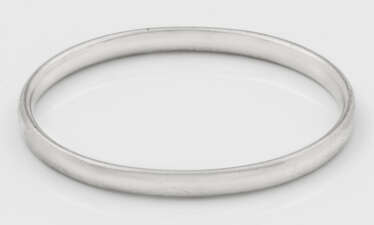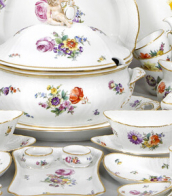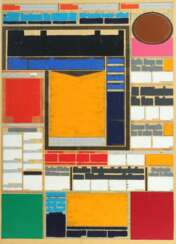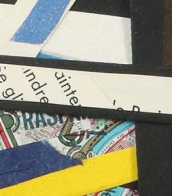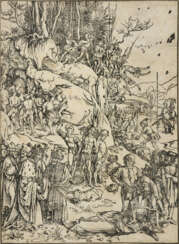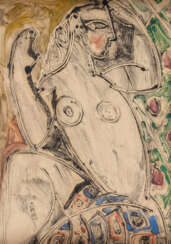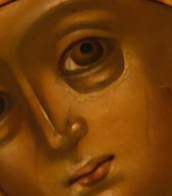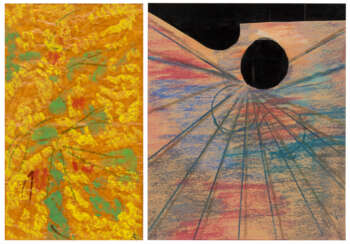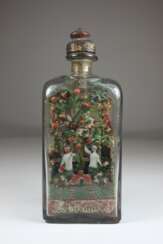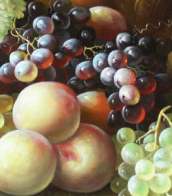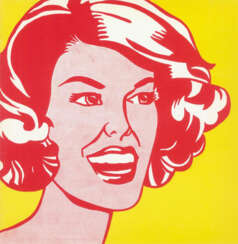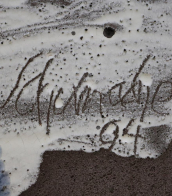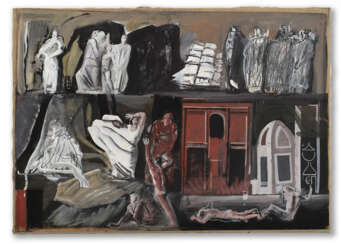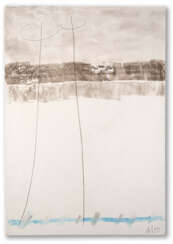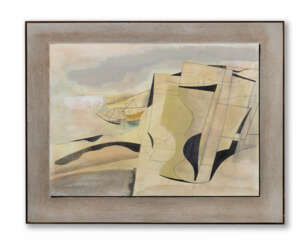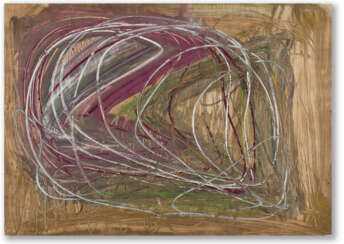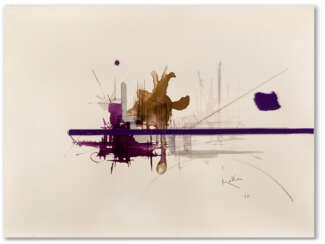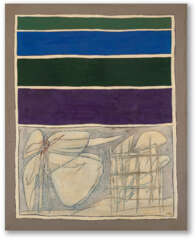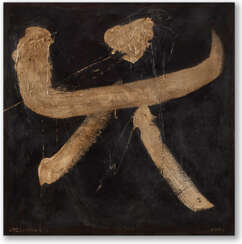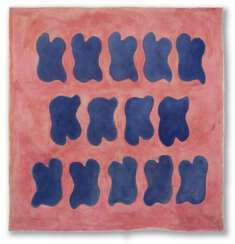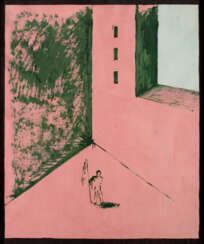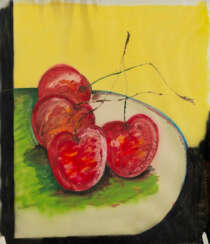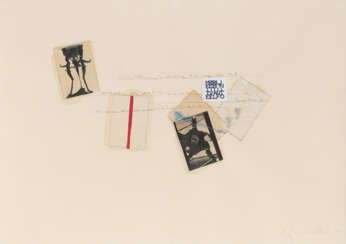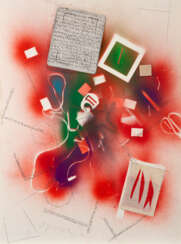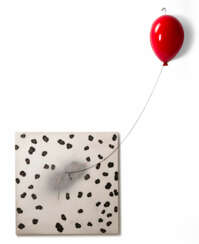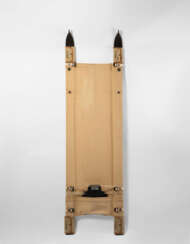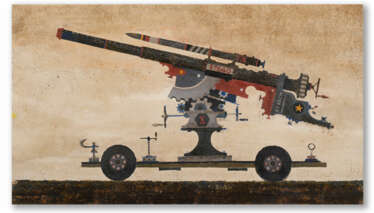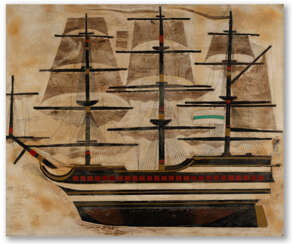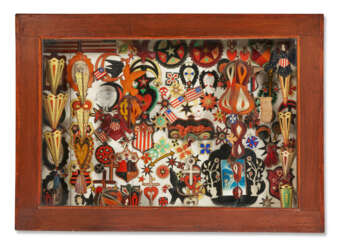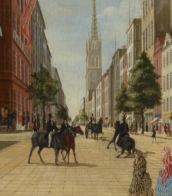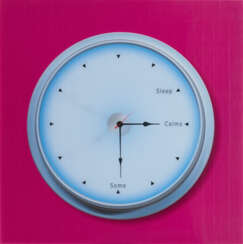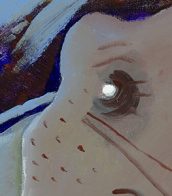medien

Albrecht Dürer, born on May 21, 1471 in Nuremberg, Germany, is widely regarded as the greatest German Renaissance painter. His contribution to painting and engraving is quite significant and has left a notable mark on the art world. Dürer's early life was spent in Nuremberg, a city that played a crucial role in his development as an artist and was also the site of his death on April 6, 1528. He was the son of the goldsmith Albrecht Dürer the Elder, from whom he initially learned the basics of drawing and metalworking.
Dürer's work is characterized by a combination of Gothic elements with the emerging Renaissance style, which is evident in his woodcuts and engravings. His oeuvre encompasses many themes, including religious works, altarpieces, portraits, and self-portraits. His outstanding prints, such as The Knight, Death and the Devil (1513), St. Jerome in his Study (1514) and Melencolia I (1514), are known for their intricate detail and artistic skill. Dürer was also one of the earliest European landscape painters, as evidenced by his watercolor paintings.
Equally significant are his theoretical writings on mathematics, perspective, and ideal proportions in art. Dürer was not only an artist but also a keen intellectual, his interests encompassing various aspects of culture and science. He served as court painter to Holy Roman Emperors Maximilian I and Charles V, completing several significant art projects for them. Dürer's keen mind and versatile interests brought him into contact with the most prominent figures of his time, including theologians and scientists of the Reformation era.
Dürer's self-portraits are particularly famous, demonstrating not only his artistic skill but also his self-awareness and personal style. These portraits attest to his growing success and confidence as an artist. Dürer's legacy is immense; he influenced not only the art of his time, but also left an indelible mark on the history of European art.
For those interested in the work and legacy of Albrecht Dürer, we recommend subscribing to our updates. Our subscription service is designed to provide information about new sales and auction events related to this remarkable artist. Join us to keep up to date on the latest art and antiques related to Albrecht Dürer.

Maurice Max Ingrand, better known as Max Ingrand was a French artist and decorator, known for his work in studio glass and his stained glass windows.
Ingrand created numerous church stained glass windows during the late 1940s to 1960s. In the aftermath of World War II, he was tasked with replacing 47 of the stained glass windows destroyed at Notre-Dame de Paris.
Max Ingrand was noted for his modern designs.
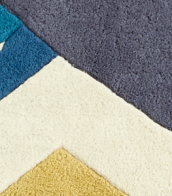
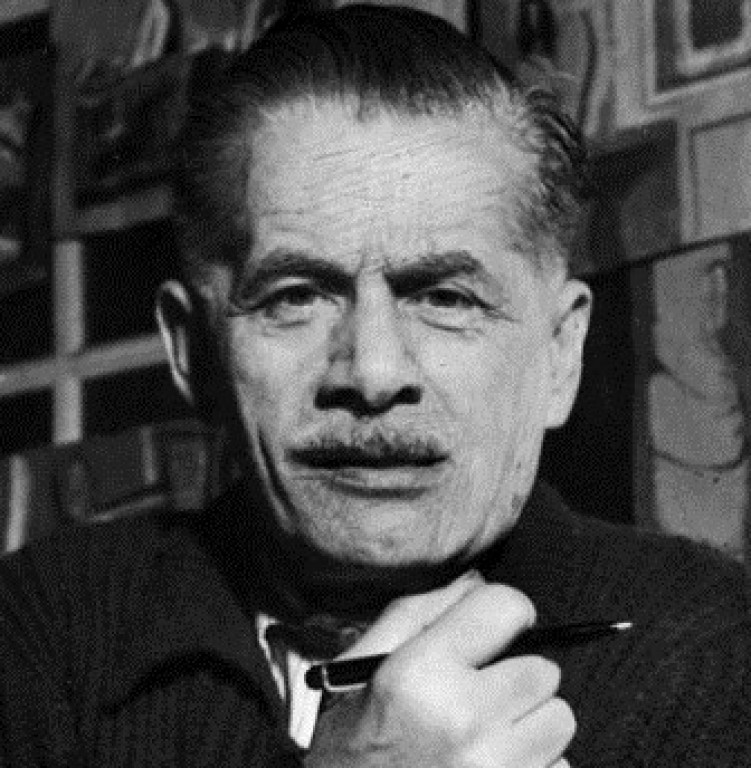
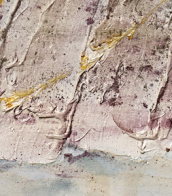
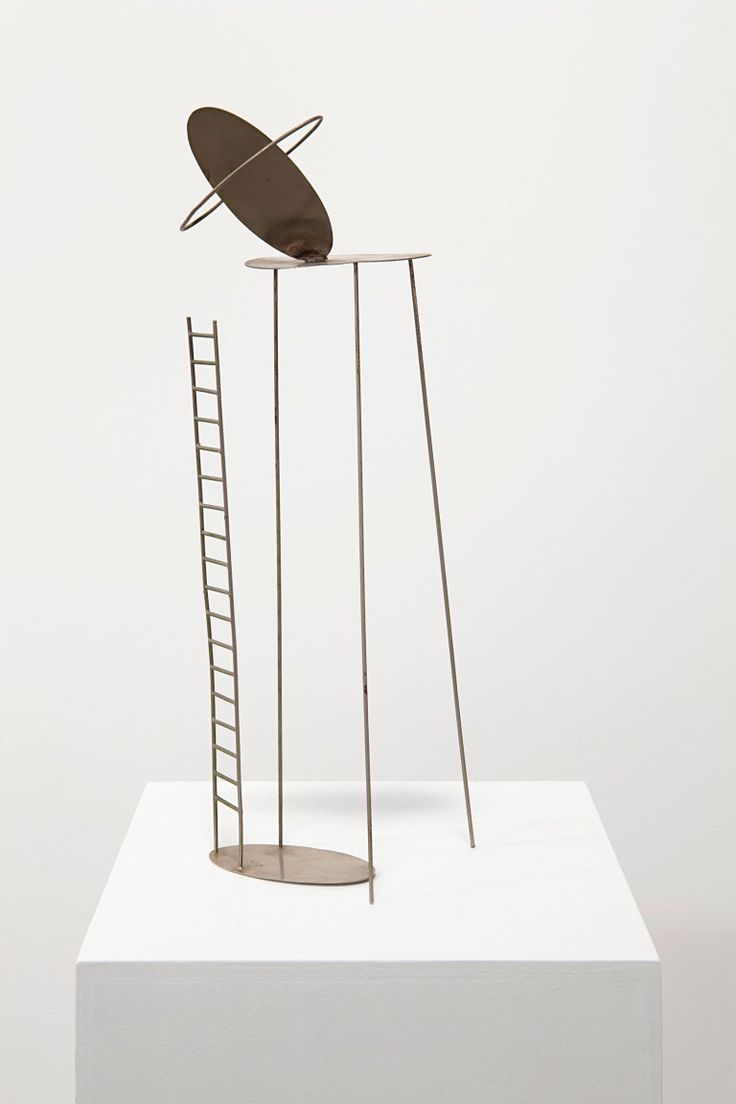
Fausto Melotti was an Italian sculptor, ceramicist, poet, and theorist.

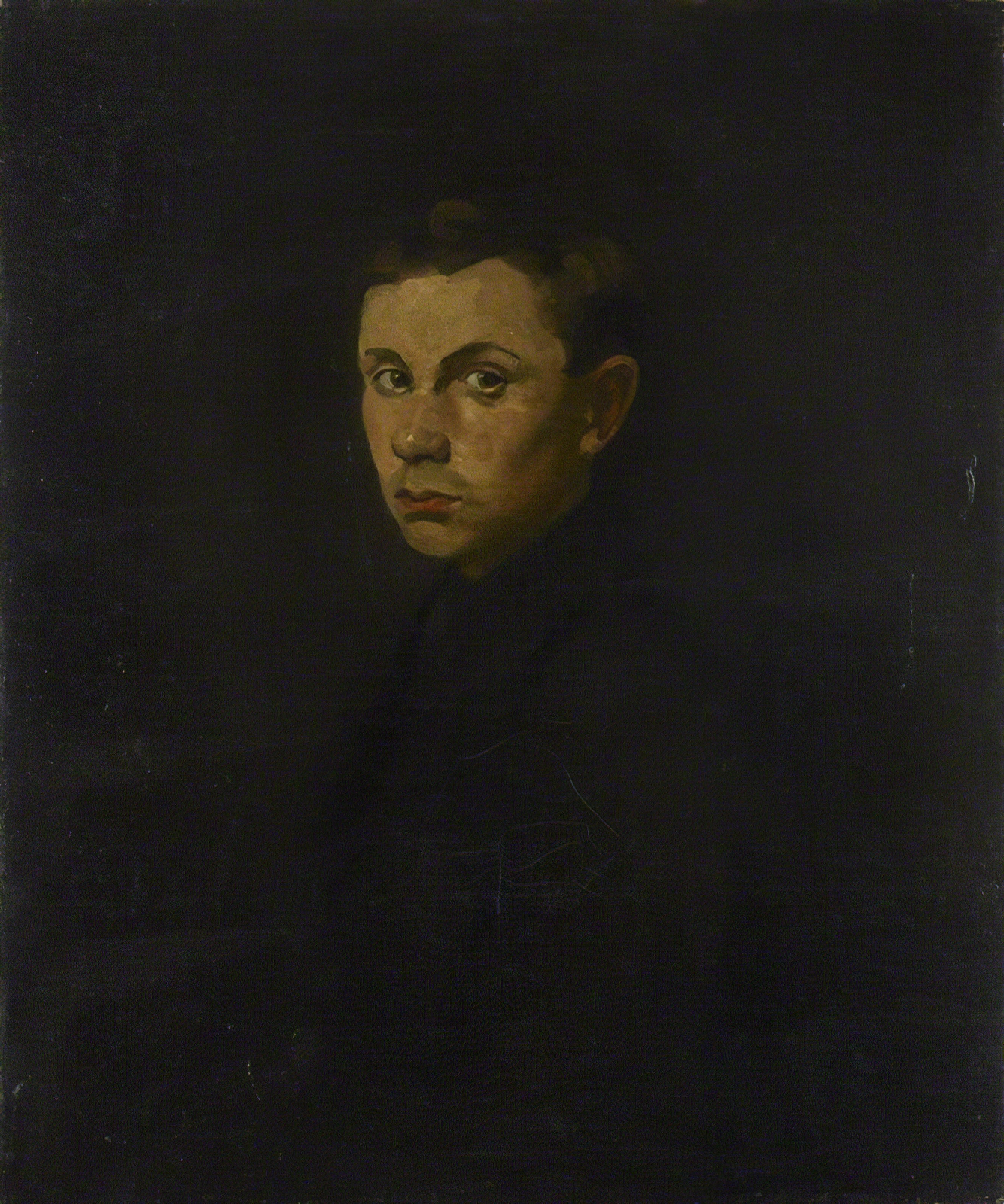
Ben Nicholson, an English artist, is celebrated for his significant contributions to abstract art. Born into an artistic family, Nicholson's work evolved from figurative art to embrace and lead in the development of abstract art in Britain. His early career was marked by experimentation with Cubism and interaction with influential artists like Barbara Hepworth, Henry Moore, Piet Mondrian, and Pablo Picasso, which profoundly shaped his artistic direction.
Nicholson's art is notable for its sensitive balance of tone and texture, employing dynamic and rhythmic lines that abstractly reference architectural forms and societal structures. His technique involved meticulous carving, painting, and the innovative use of color, especially in his later works where he explored the interplay of light and form to create poetic, abstract landscapes. His contributions were not just confined to his own practice; through collaborative projects and influential writings, he played a pivotal role in the discourse of modernist art, advocating for abstract art's broader appreciation.
Noteworthy pieces of Nicholson's work, including "March 1963 (Archimedes)" and "June 1961 (green goblet and blue square)," among others, are housed in prestigious collections like the Tate Gallery, Tate St Ives, Kettle's Yard Art Gallery in Cambridge, The Hepworth Wakefield, Pallant House Gallery in Chichester, and the Pier Arts Centre in Stromness, Orkney.
Nicholson's legacy as a pioneer of abstract art in the UK is secured through his innovative approaches and influential partnerships, which have left an indelible mark on the landscape of 20th-century art. His work continues to inspire and resonate, reflecting a deep understanding of the abstract's power to express the complexities of human experience and the natural world.
For collectors and experts in art and antiques interested in the pivotal movements of 20th-century art, Ben Nicholson's oeuvre offers a rich field of study and appreciation. To stay updated on new product sales and auction events related to Ben Nicholson's work, signing up for updates is a step towards deepening your understanding and appreciation of this key figure in modernist art.

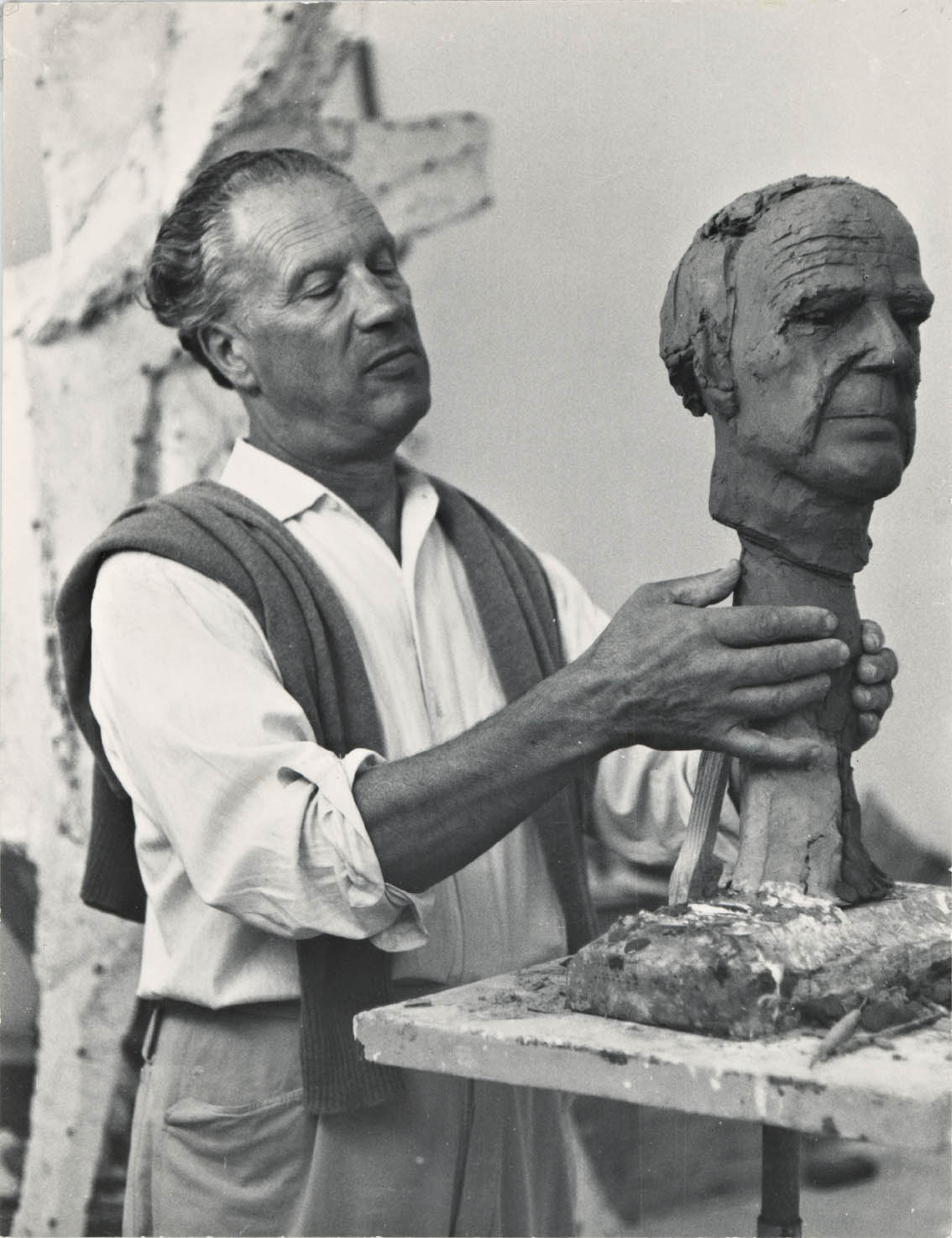
Marino Marini was an Italian sculptor and educator.

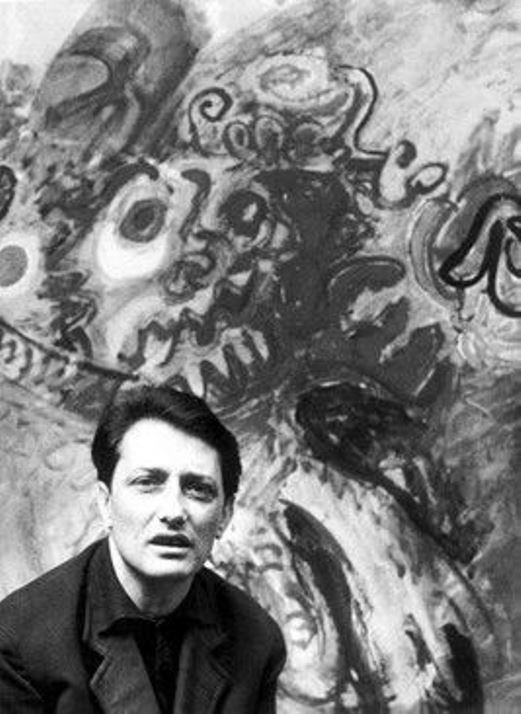
Tancredi Parmeggiani, or simply Tancredi, was an Italian painter.
He studied painting at the Academy of Fine Arts in Venice. Along with Mario Deluigi and Lucio Fontana, Tancredi Parmeggiani is considered one of the most important representatives of Spazialismo ("Spatial Movement"). This concept of art was developed by Fontana, in which he saw a new spatial concept of technology and science as the basis of modern art. Tancredi Parmeggiani was also convinced that the surface of the image should cross the boundaries of two-dimensionality to open new dimensions through color and time and find new artistic solutions.
The famous collector Peggy Guggenheim was his patron and promoted his lyrical-abstract works to major American museums. Tancredi's work was critically acclaimed, he actively participated in many exhibitions in Italy, London, Paris and New York, and was the recipient of several prestigious awards. In 1964 he took part in the Venice Biennale, and in September of the same year, at the age of 37, he took his own life in Rome.


Tancredi Parmeggiani, or simply Tancredi, was an Italian painter.
He studied painting at the Academy of Fine Arts in Venice. Along with Mario Deluigi and Lucio Fontana, Tancredi Parmeggiani is considered one of the most important representatives of Spazialismo ("Spatial Movement"). This concept of art was developed by Fontana, in which he saw a new spatial concept of technology and science as the basis of modern art. Tancredi Parmeggiani was also convinced that the surface of the image should cross the boundaries of two-dimensionality to open new dimensions through color and time and find new artistic solutions.
The famous collector Peggy Guggenheim was his patron and promoted his lyrical-abstract works to major American museums. Tancredi's work was critically acclaimed, he actively participated in many exhibitions in Italy, London, Paris and New York, and was the recipient of several prestigious awards. In 1964 he took part in the Venice Biennale, and in September of the same year, at the age of 37, he took his own life in Rome.

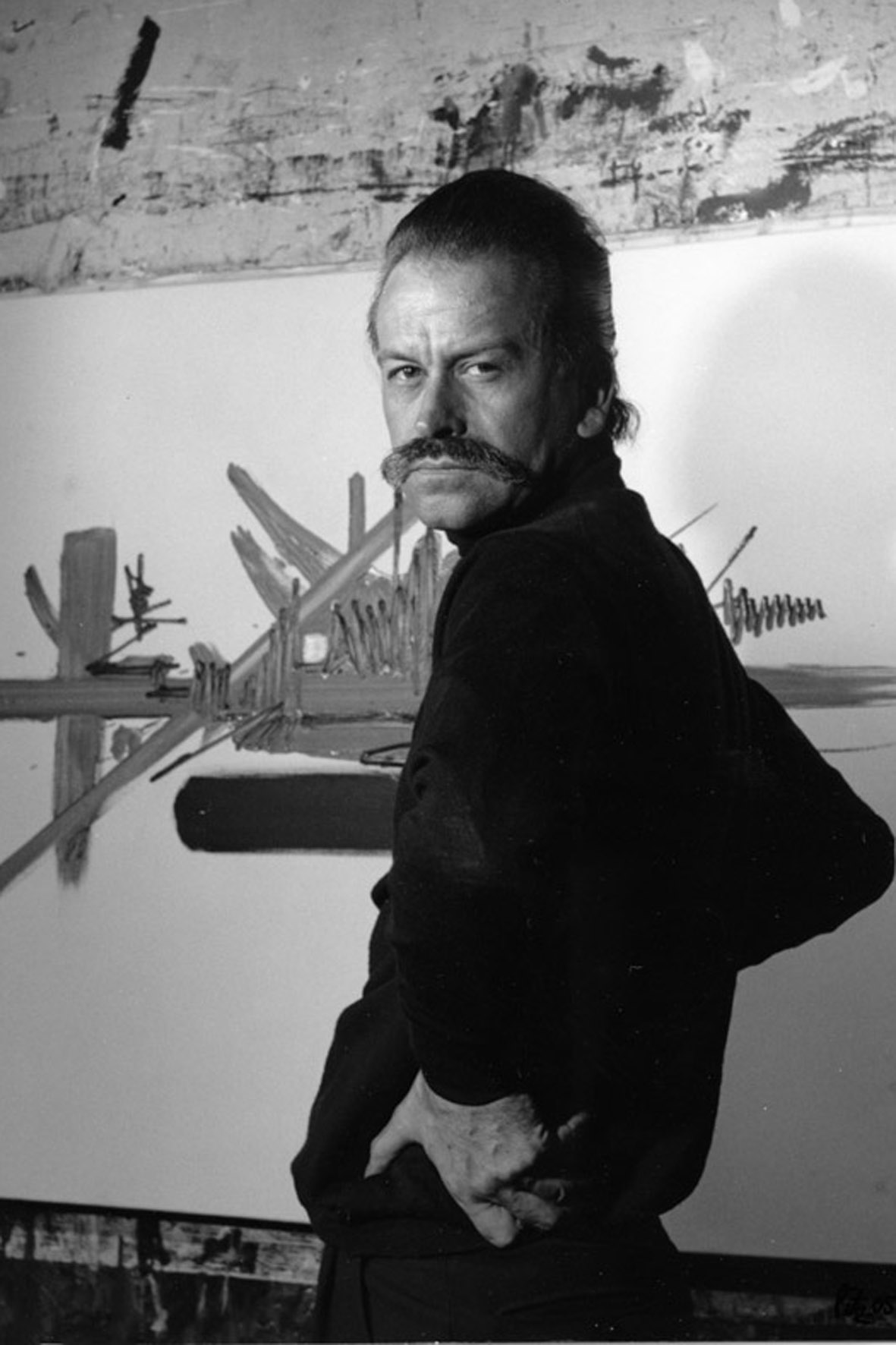
Georges Mathieu was a French abstract painter, art theorist, and member of the Académie des Beaux-Arts in Paris. He is considered one of the fathers of European lyrical abstraction, a trend of informalism.

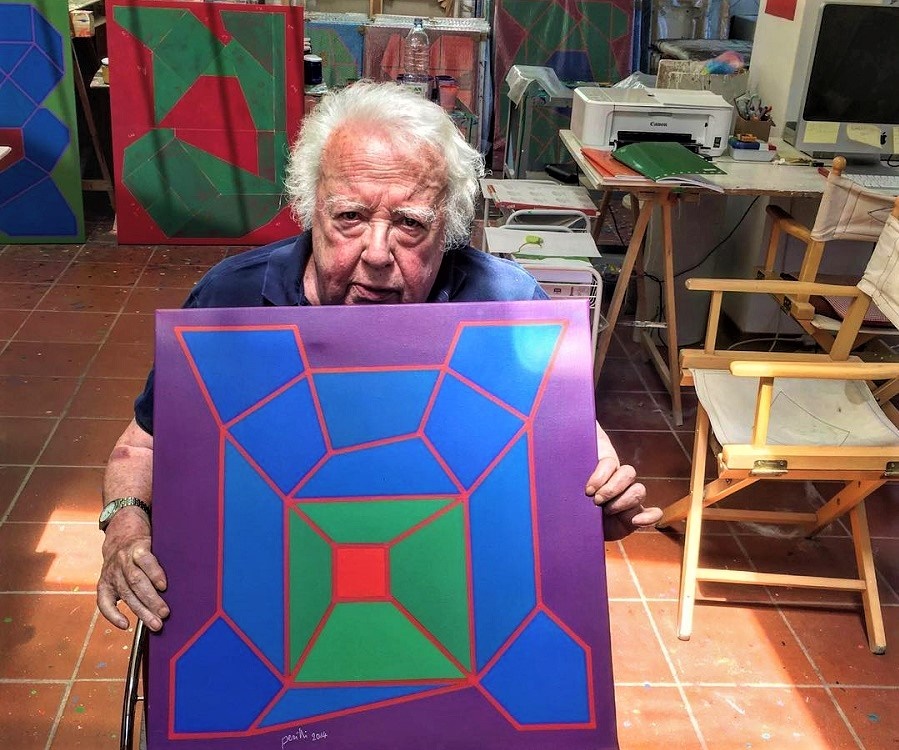

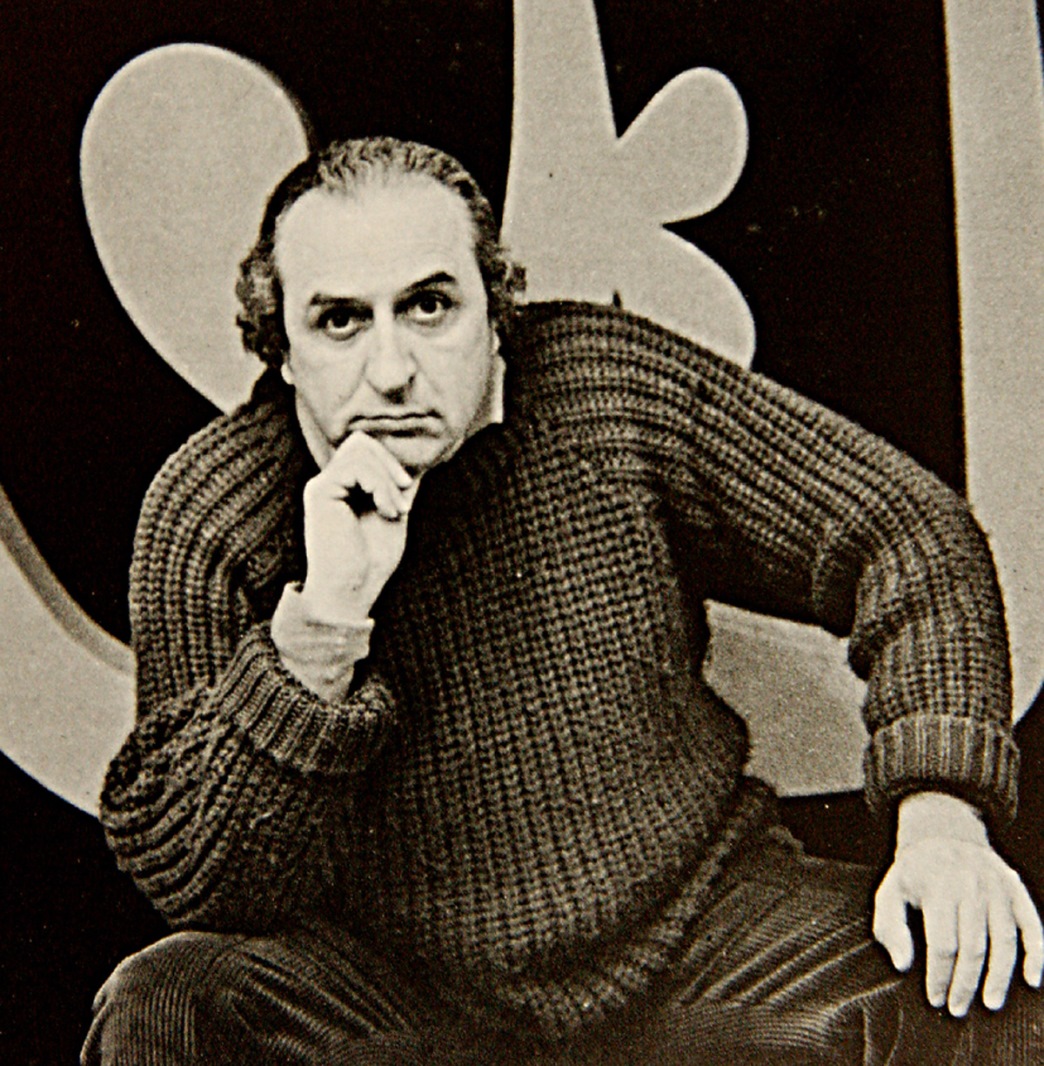
Arturo Carmassi was an Italian abstractionist painter, sculptor, and printmaker.
He studied at the Albertina Academy in Turin. Carmassi created many images, sculptures and engravings on metal and worked in lithography and silkscreen. He has participated in numerous exhibitions and biennales and is an internationally recognized sculptor.


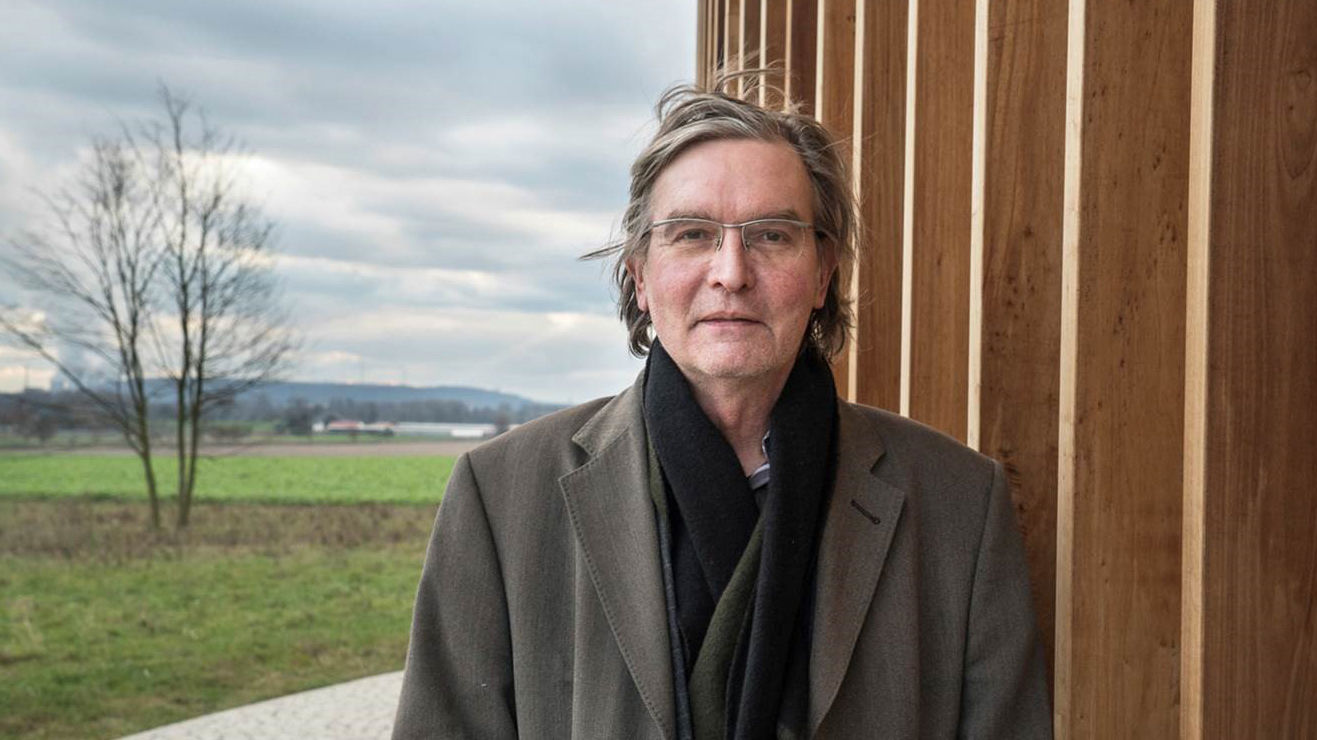
Thomas Schütte is a German contemporary artist. He sculpts, creates architectural designs, and draws. He lives and works in Düsseldorf.


Thomas Schütte is a German contemporary artist. He sculpts, creates architectural designs, and draws. He lives and works in Düsseldorf.

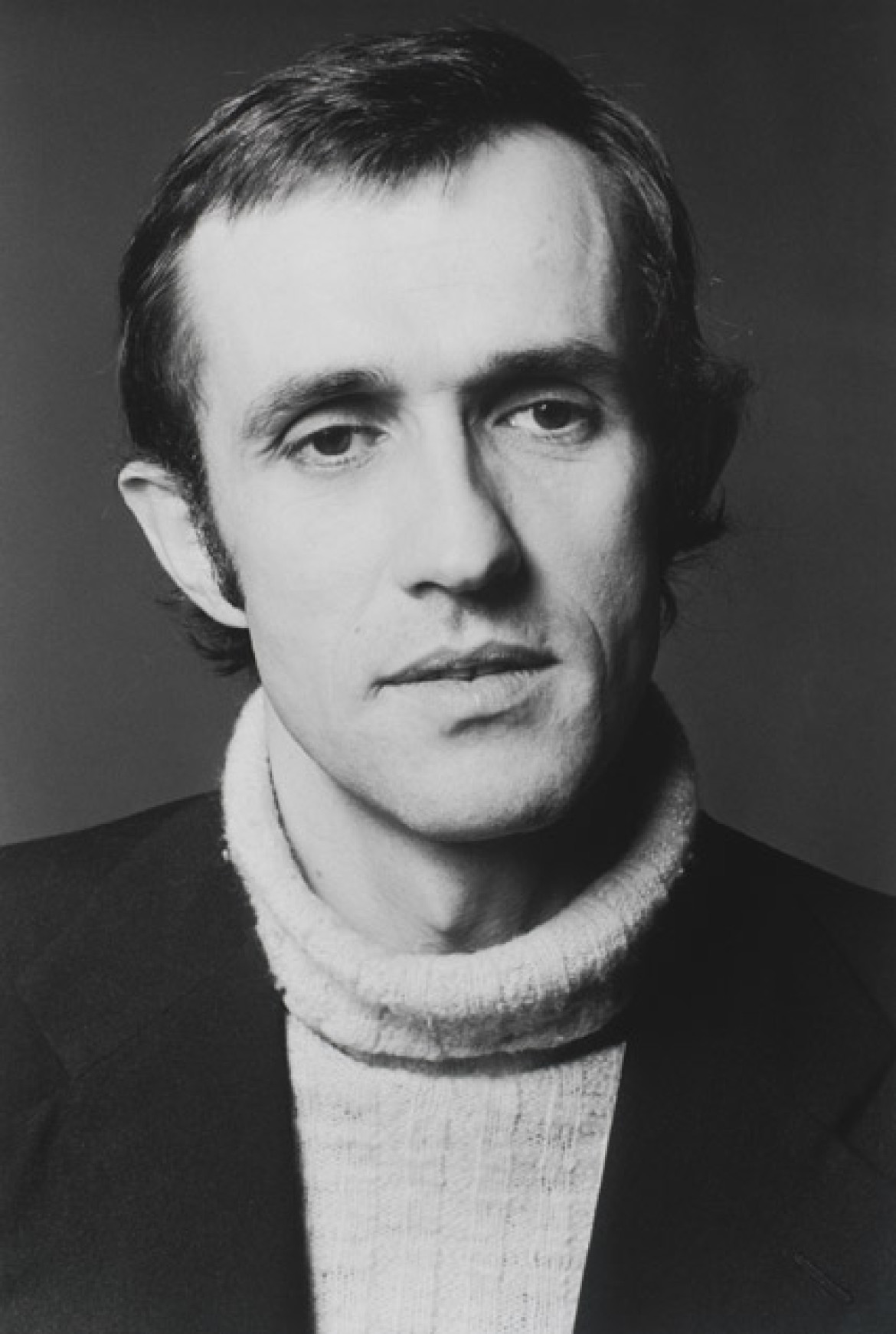
Alighiero Fabrizio Boetti, known as Alighiero e Boetti, was an Italian conceptual artist, considered to be a member of the art movement Arte Povera.
Perhaps best known is Boetti's series of large embroidered maps of the world, called simply Mappa.


Alighiero Fabrizio Boetti, known as Alighiero e Boetti, was an Italian conceptual artist, considered to be a member of the art movement Arte Povera.
Perhaps best known is Boetti's series of large embroidered maps of the world, called simply Mappa.

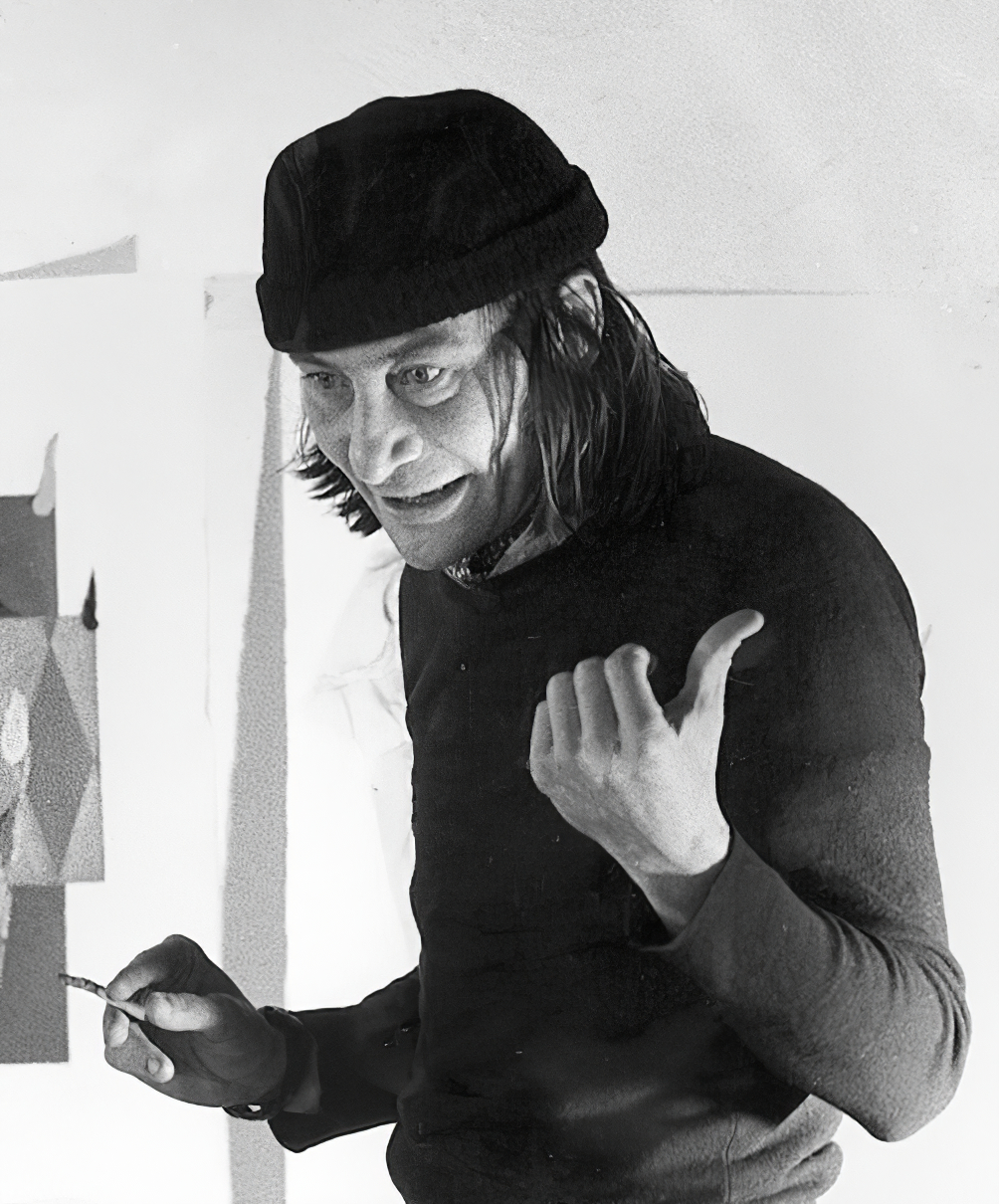
Aldo Mondino was an Italian sculptor and painter.
Mondino was an artist characterized by an ironic approach to art. He used a range of unconventional materials in his works, including caramel and chocolate, and pioneered the art of painting on linoleum. He is known for mosaics realized using chocolate, seeds, coffee, legumes and many other different materials.

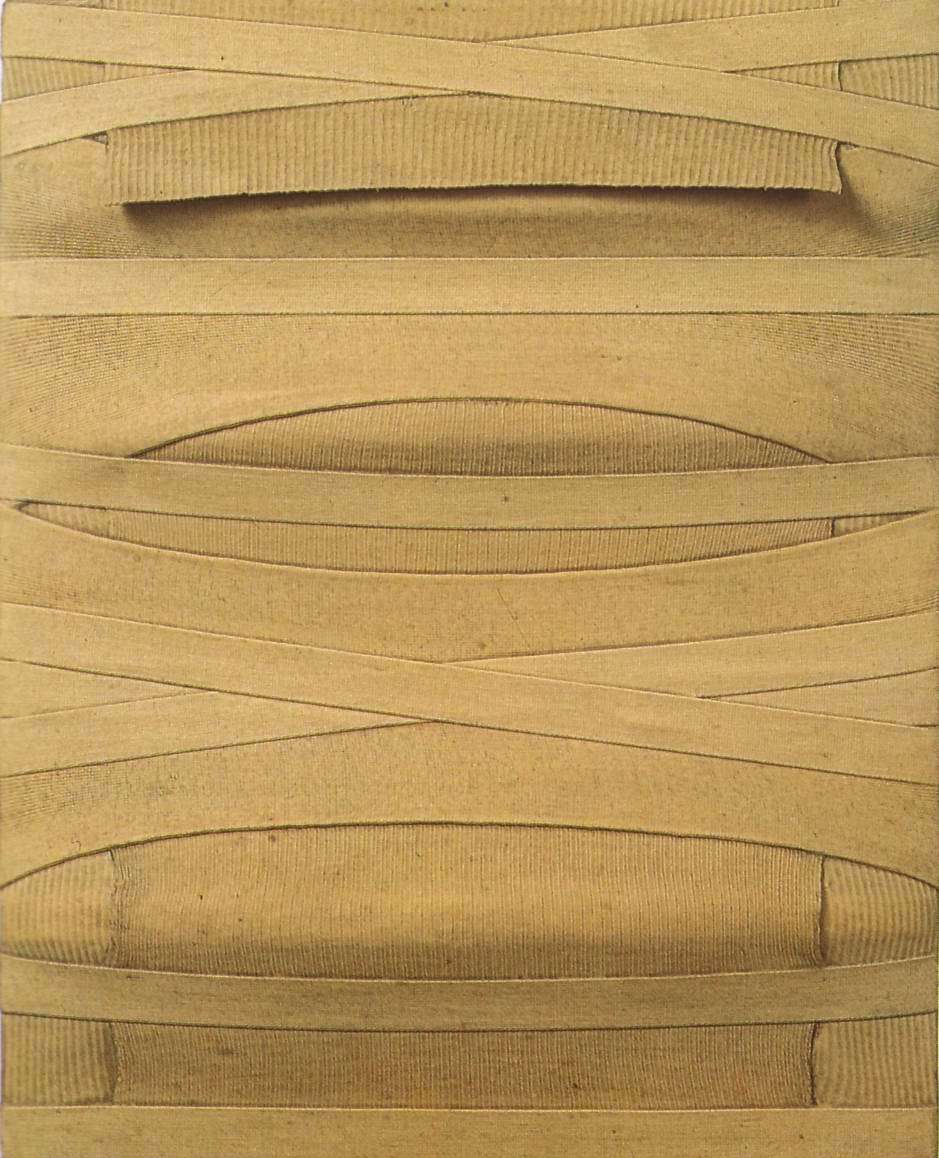

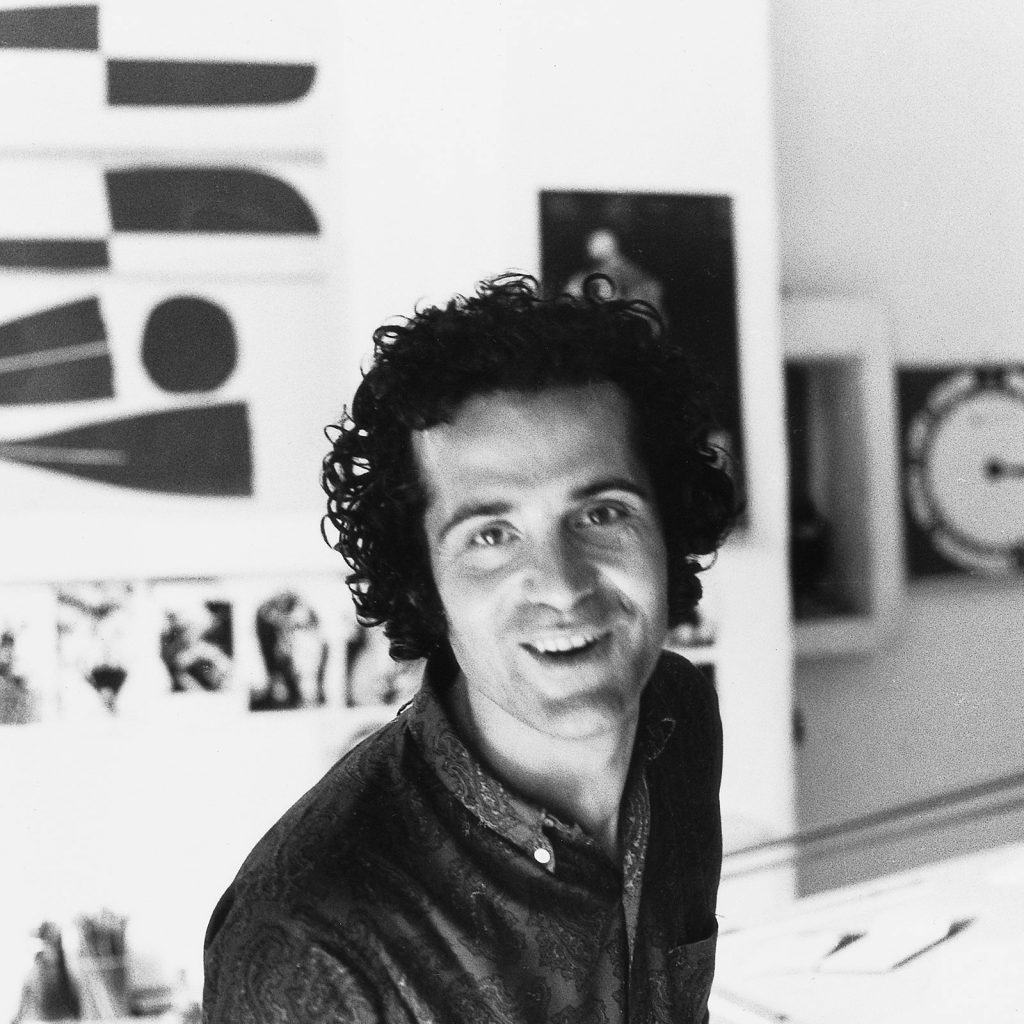
Pino Pascali is an Italian sculptor, conceptual artist, graphic designer and stage designer, one of the forerunners of the art povera style.
He studied scenography at the Academy of Art in Rome, then worked in television as a designer and cameraman, and at the same time experimented with different materials.
Pascali began to create colorful works influenced by pop art in different styles and media. He used old cans, plastic brushes, fake fur, colored water, hay, mud... One of Pascali's most impressive works is Bridge (1968), an eight-meter bridge made of steel sponges.


Pino Pascali is an Italian sculptor, conceptual artist, graphic designer and stage designer, one of the forerunners of the art povera style.
He studied scenography at the Academy of Art in Rome, then worked in television as a designer and cameraman, and at the same time experimented with different materials.
Pascali began to create colorful works influenced by pop art in different styles and media. He used old cans, plastic brushes, fake fur, colored water, hay, mud... One of Pascali's most impressive works is Bridge (1968), an eight-meter bridge made of steel sponges.

